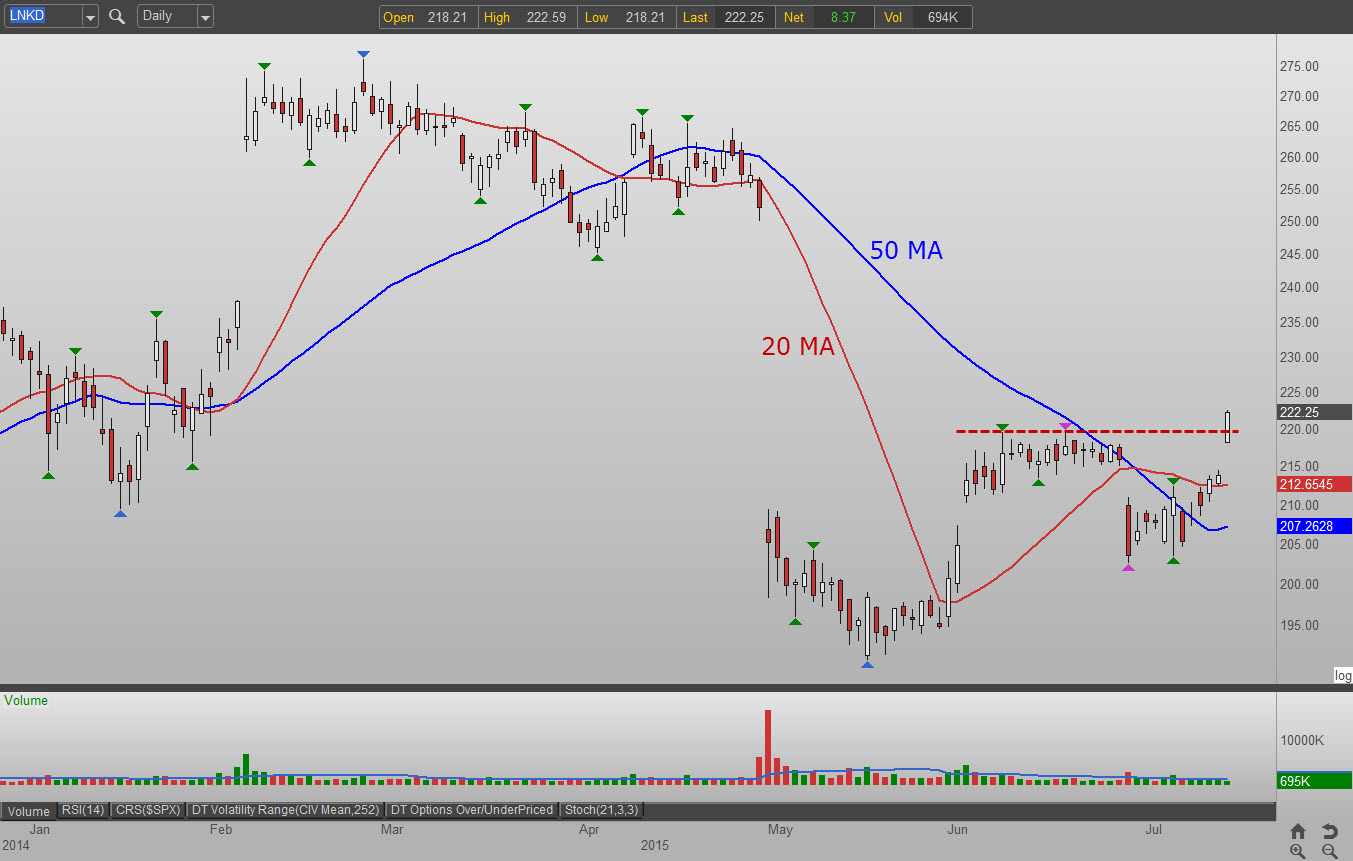

The assets that flourish in times of low inflation and low interest rates – growth stocks and bonds – accordingly started to recover. (An opposite move in the inflation figure in Britain is not enough to sway the mood of global investors.)

This prompts investors to think interest rates may have peaked, or may be about to. It is this trend that now seems to be over: instead, after a fall in US inflation last month, expectations of a further decline are gaining ground. By no means all the earlier losses in growth stocks and bonds have been reversed, but in both markets we seem to be decisively past the bottom.īehind all these ructions is one simple fact: last year inflation started to rise and expectations of further increases took hold higher interest rates, and expectations of further rises, followed. The declines were most obvious in America for the simple reason that Wall Street is dominated by such stocks to a degree unmatched elsewhere.Īs “growth” and “value” stocks are in effect on opposite ends of the seesaw, the latter performed much better.Īway from the stock market but a key influence on it, bond prices also fell sharply.īut for about two months now, these developments have been in reverse. The most severe readjustment was a brutal sell-off in technology stocks and in “growth” stocks more generally that began about the turn of the year. Has the stock market turned a corner? After a dramatic reordering earlier in the year (disguised in the case of the FTSE 100 by the peculiarities of the London market), there are signs of a new direction. You wouldn’t know it from a look at the FTSE 100 but the markets appear to be entering a new phase Inflation may have peaked – investors need to change which stocks they own


 0 kommentar(er)
0 kommentar(er)
